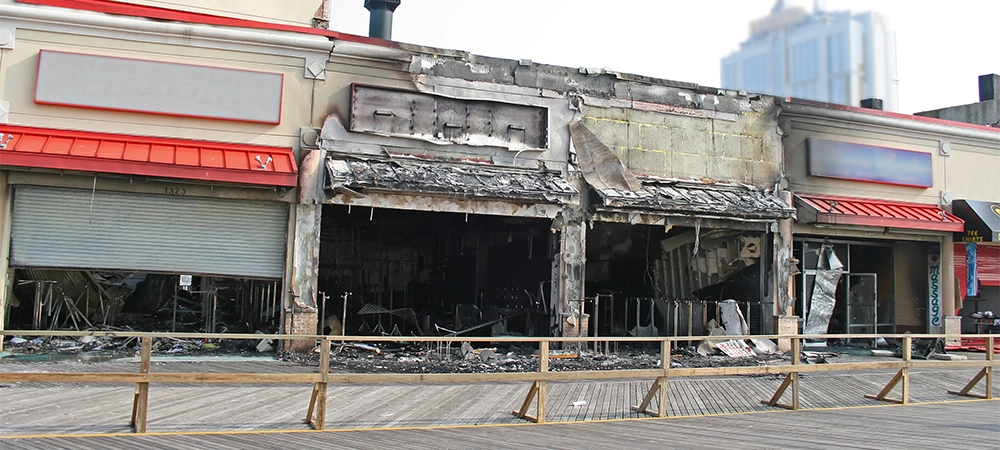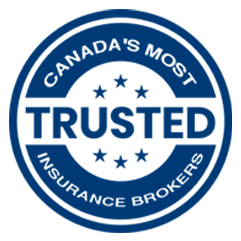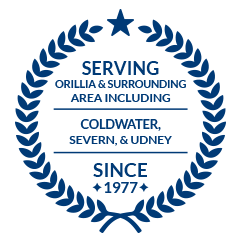How Do I Calculate Business Liability Insurance Needs?
A wide range of factors can affect business insurance premiums, and it all comes down to your liability needs. You don’t want to pay more in premiums than you need to, making calculating your business liability insurance needs very important.
Thankfully, we’re here to help. We’ll look at the factors you need to contemplate when calculating your commercial liability insurance needs. Some of these factors will be more important than others, and it’s important to consider how they relate to your business. Let’s get started!


The Type of Business
Liability factors are calculated based on risks, and not all types of businesses carry the same risks. For example, someone in the food manufacturing industry will carry different perils than someone from the IT industry, as liability in the first one is much higher. Likewise, those providing home repair services carry higher liability as there is a chance they will damage a client’s property. The higher the liability is, the higher the premiums will be. However, the coverage will be more considerable, too, and ultimately, this is what truly matters when you need to file a claim.Types of Products or Services
Services a business provides, or the products it makes will also affect liability needs as the different exposure risks within the same industry also leave room for variation. For example, the liability needs of the food manufacturer that produces perishable items will be much greater than the needs of the business that makes non-perishable food items. Those producing perishables will need coverage for litigation, settlements, product recall, public notification, and other costs that go way beyond general product liability.Location Of Business
The location of a business can affect the exposure risk to property damage and even injuries. For example, businesses in densely packed areas are more exposed to fire damage and related injuries. If the fire spreads from your property to someone else’s, you’ll be liable. Whereas if your business is in a less populated area, the liability for this peril decreases. The same goes for other perils, including flooding. Properties located in areas where crime rates are high are also more exposed to the risk of property damage and bodily injury, thus carrying a higher liability need.Experience
The more experience and knowledge a business owner has in the industry, the less likely they’ll make a mistake that leads to a liability claim. This is why start-ups and small businesses are considered high-risk and advised to purchase extended liability insurance despite the costs.
The Annual Revenue of the Business
The business’s annual revenue is also worth considering because insurance companies will likely factor it in. After all, the more your company makes throughout a year, the more it has to lose in case of an insured peril. If other risk factors are also added to it, the higher annual revenue can raise the liability needs, too.The Number of Employees
The number of staff employed at your company matters when considering professional liability insurance or commercial general liability coverage. Every business owner has responsibility for their employee’s actions, including any damage or injury they may cause. For example, if one of your employees leaves an item in the middle of your store, and a customer trips and falls over it, they can sue your business for their medical costs. This is where a general commercial liability will come in handy. The larger your staff is, the greater the liability for their actions because the risk of one of them doing something (or being accused of doing something) is higher. As a general rule, large businesses employing over 200 people should consider the highest liability coverage. By contrast, those with 15 employees can limit their coverage to the specific risks they may be liable for.Property Features
Beyond the location of the building, its design and the materials it’s built with can also increase the risk levels and your liability needs. For example, wood is more susceptible to fire damage than brick. Likewise, third parties are more likely to suffer damages to their property or bodily injuries in tall, high-rise buildings than in a one-story property. The building features play an especially crucial role in determining the business commercial property insurance needs. Depending on the premium determined by your previously established needs, commercial property insurance outlines the replacement costs and coverage limits for reimbursement of the damaged or destroyed property.Tools, Equipment, and More
If your commercial property gets damaged or destroyed due to a fire or natural disaster, the property inside of it will be lost too. This may or may not include other people’s property (items belonging to clients, business partners, contractors, etc.). If you store something that doesn’t belong to you, including products someone already paid for, you’ll be liable for the repairs or replacement. If you don’t store other people’s property, your liability will be reduced.
Final Thoughts
Several factors determine a business’s liability insurance needs. It can be hard to calculate exactly how much you need as it will change from one business to another. The best thing you can do is speak to an insurance expert to get a bespoke quote. If in doubt, it’s always advisable to get a higher level of liability coverage to protect you from large claims. If you need liability coverage or simply need more advice, then give Ron Johnston Insurance a call today, and we’ll be more than happy to help.- June 2025
- May 2025
- April 2025
- March 2025
- February 2025
- January 2025
- December 2024
- November 2024
- October 2024
- September 2024
- August 2024
- July 2024
- June 2024
- May 2024
- April 2024
- March 2024
- February 2024
- January 2024
- December 2023
- November 2023
- October 2023
- September 2023
- August 2023
- July 2023
- June 2023
- May 2023
- April 2023
- March 2023
- February 2023
- January 2023
- November 2022
- October 2022
- September 2022
- August 2022
- July 2022
- June 2022
- May 2022
- November 2021
- January 2018
- December 2017
- November 2017
- October 2017
- September 2017
- August 2017
- July 2017
- May 2017
- April 2017


